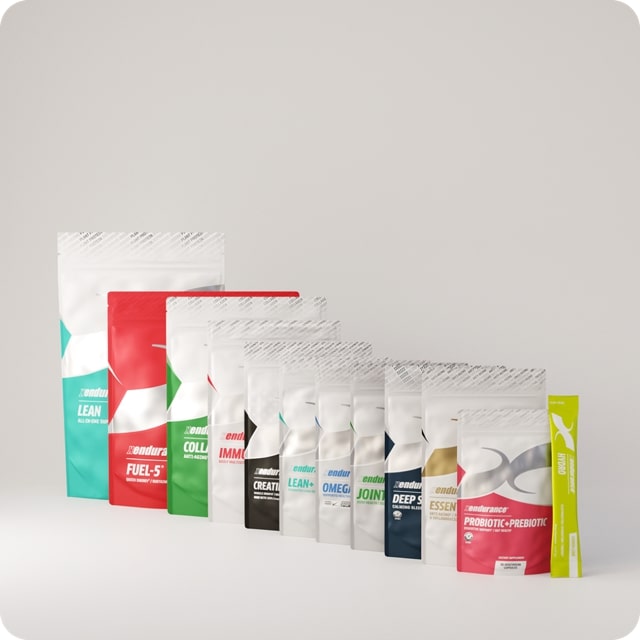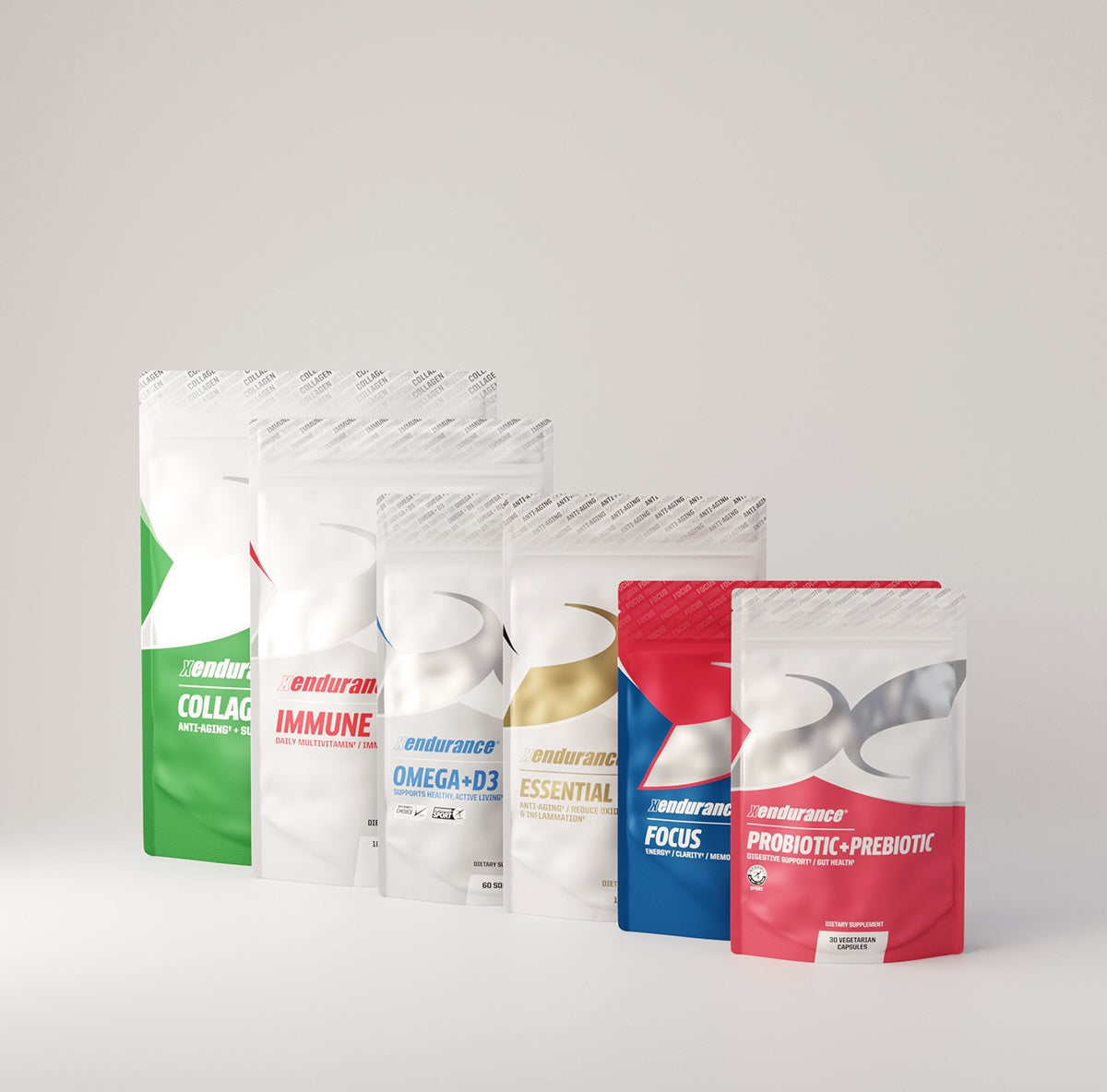For years the conventional thinking among fitness experts, and even scientists, has been to demonize lactic acid, or lactate, as the culprit for acute muscle soreness during stressful exercise. Entire training protocols have revolved around maximizing the body's ability to decrease lactic buildup or clear it more efficiently. While it is true that lactate accumulation is associated with exercise induced stress, it possesses no mechanism to cause the infamous "burning" sensation one feels in muscle tissue during extreme exertion.
What causes the burn?
The burn, or muscle soreness, is a neural signal in response to localized damage of the muscle fibers. This is your body's way of telling you that this level of effort is not sustainable and be careful how you approach the next few moments. An increase in localized inflammation can act as a protective mechanism to prevent serious damage. This may be painful and disappointing to your performance, but it also probably helps keep you alive in extreme situations.
What's all that lactate doing?
Lactate, on the other hand, is the substrate most readily available to provide energy during these bouts of extreme exertion. It can quickly fuel stressed and fatigued muscle that are nearing complete depletion. It is only when lactate's ability to fuel this rigorous effort becomes exhausted that soreness becomes overwhelming and the body screams to a halt.
Increased availability of lactate may prolong a sustained high intensity level during exercise. Xendurance products such as Fuel-5, Creatine-JB, and Protein each contain doses of over 1000mg of lactate in order help fuel these stressful training.
You can find out more about these products on our website: https://www.xendurance.com/products/









Leave a comment
This site is protected by hCaptcha and the hCaptcha Privacy Policy and Terms of Service apply.